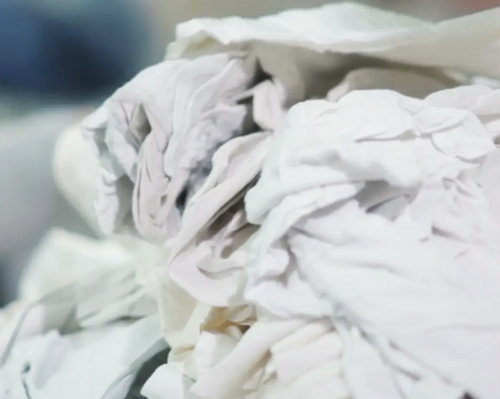What is textile recycling?
Textile recycling refers to the process by which worn textiles or manufacturing waste are transformed to create new raw materials that will be used in new products.
Recycling practices cannot be overlooked by the textile industry, given that this sector's environmental impact is often heavy. Reducing textile waste and improving textiles' life cycle therefore become imperative.
The term encompasses a variety of transformation methods/ technologies where after having been sorted and/or dismantled, the textile waste is either shredded (mechanical recycling), combusted (thermal recovery) or depolymerised (chemical recycling) to produce recycled fibres or polymers used to manufacture yarns that will be used in textile structures (for example, knitwear, fabric, etc...,) and assembled to bring to life a finished product.
By transforming this waste into new fibres or polymers, then new yarns, then new fabrics, and finally into new end products, recycling contributes not only to reducing waste (by reusing what is destined to start with by becoming waste) but also by supporting a where we avoid the use of new natural resources.
In short, instead of extracting new raw materials to produce something and then disposing of the old clothes in a landfill, we use the already extracted resources, which we breathe new life into. The textiles of today are the raw materials of tomorrow.







